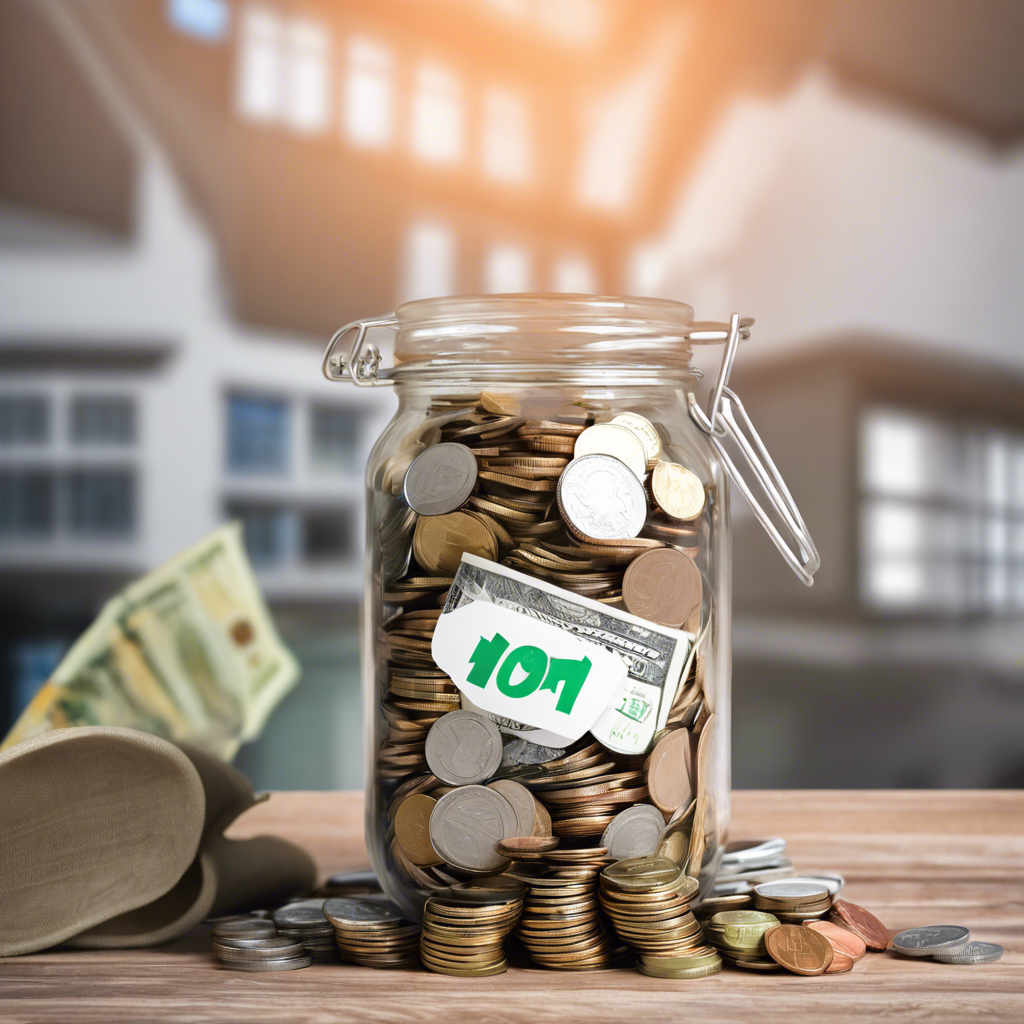Building an emergency fund is a crucial step toward financial security, yet it’s often overlooked or deemed daunting. However, with a strategic approach, you can quickly establish a solid safety net to protect yourself against life’s unexpected expenses. So, let’s dive into the world of emergency funds and explore the steps to creating one swiftly.
First things first: why do you need an emergency fund? Life is unpredictable, and emergencies like a car breakdown, medical bills, or home repairs can arise at any moment. Without a cushion to fall back on, you might find yourself sinking into debt or scrambling to cover these unexpected costs. An emergency fund ensures you have the financial capacity to handle these situations without derailing your long-term goals or daily expenses.
Now, how much should you aim to save? Generally, it’s recommended to have enough to cover at least three to six months’ worth of living expenses. This includes rent or mortgage, utilities, food, transportation, and any other essential costs. Assess your monthly expenses to determine a target amount that makes you feel secure. Remember, this fund is meant to provide peace of mind and ensure you can maintain your current standard of living during unexpected events.
Saving several months’ worth of expenses may seem like a challenge, but with dedication and the right strategies, it’s achievable. Start by setting a clear and realistic timeline for reaching your goal. Consider how much you can comfortably save each month and calculate how long it will take to reach your target amount. You can also explore ways to cut back on non-essential expenses to boost your savings rate. Every dollar counts!
One effective strategy is to automate your savings. Set up regular transfers from your paycheck or monthly income to your emergency fund. Treat these contributions like any other essential bill payment. By automating this process, you save effortlessly without constantly reminding yourself to put money aside. You can set up automatic transfers from your paycheck to a dedicated savings account or even invest in secure, liquid assets like money market funds or short-term bond funds, which offer slightly higher returns than traditional savings accounts.
To build your emergency fund swiftly, consider intensifying your efforts for a short period. For example, you could commit to a three-month savings sprint, during which you focus on saving aggressively. Look for ways to cut back on discretionary spending, like dining out or entertainment, and redirect those funds towards your savings goal. Short-term sacrifices can have long-lasting benefits and help you quickly establish a solid foundation for your emergency fund.
